Ghostly Whale Skeletons and Toxic Waste Discovered off California Coast
In recent surveys off the coast of Los Angeles, scientists made a startling discovery: ghostly whale skeletons scattered across the seafloor.
These findings emerged during assessments of waste spread over 135 square miles of the San Pedro and Santa Monica Basins. Led by oceanographers Eric Terrill and Sophia Merrifield, the surveys unveiled a hidden underwater world.
Unveiling an Underwater Graveyard
Between 2021 and 2023, researchers from Scripps Institution of Oceanography embarked on missions to uncover the secrets of the deep. What they found was unexpected — a dense cluster of whale skeletons, far more than previously recorded.
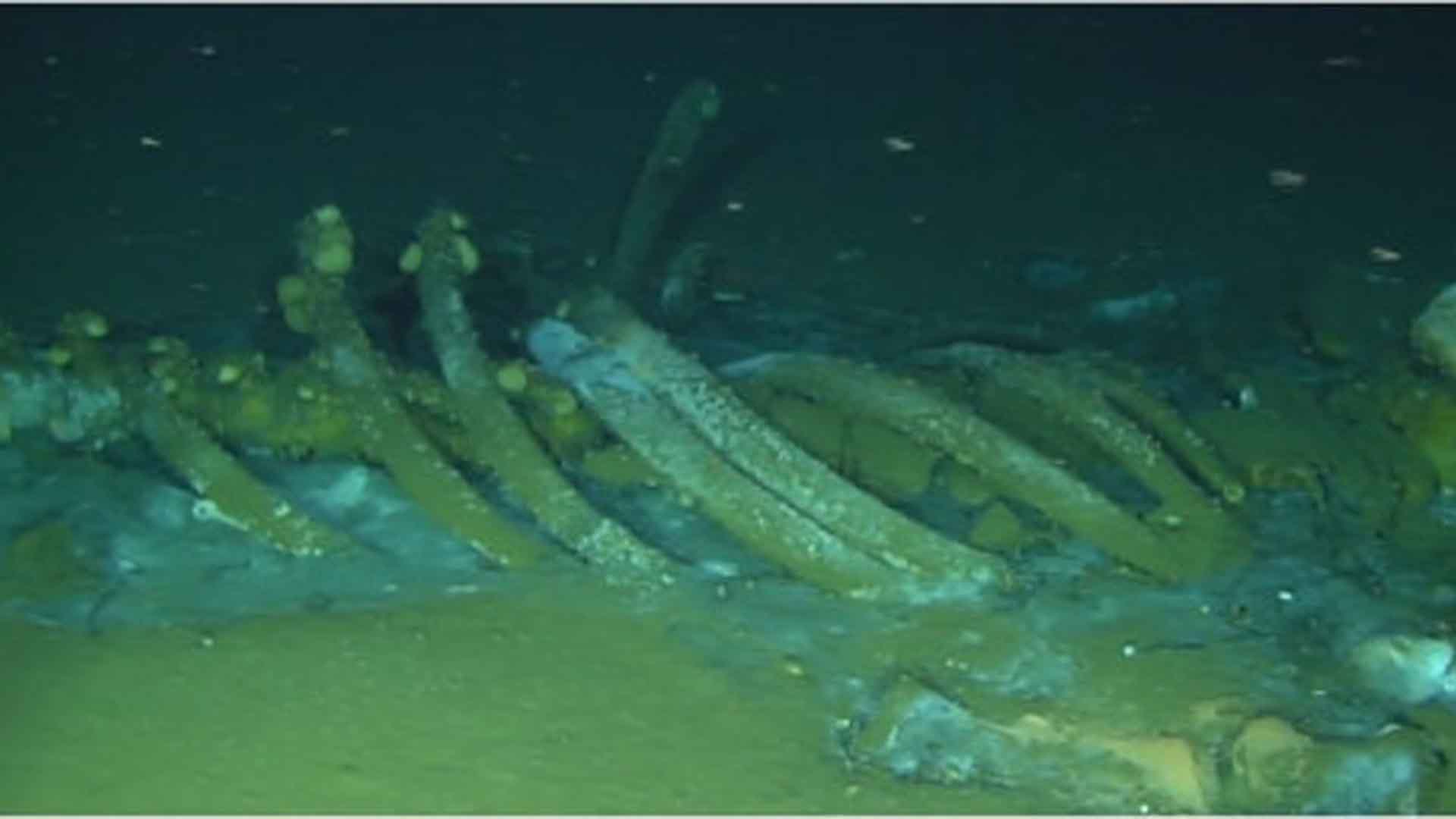
Source: Scripps Institution of Oceanography/UC San Diego
This eerie marine graveyard was located about 15 miles offshore, where the seafloor serves as a final resting place for these giants.
The Mystery of Whale Falls
Whale falls, where deceased whales sink to the ocean floor, create biological oases in the deep sea. These sites become thriving ecosystems, supporting a diverse range of marine life.
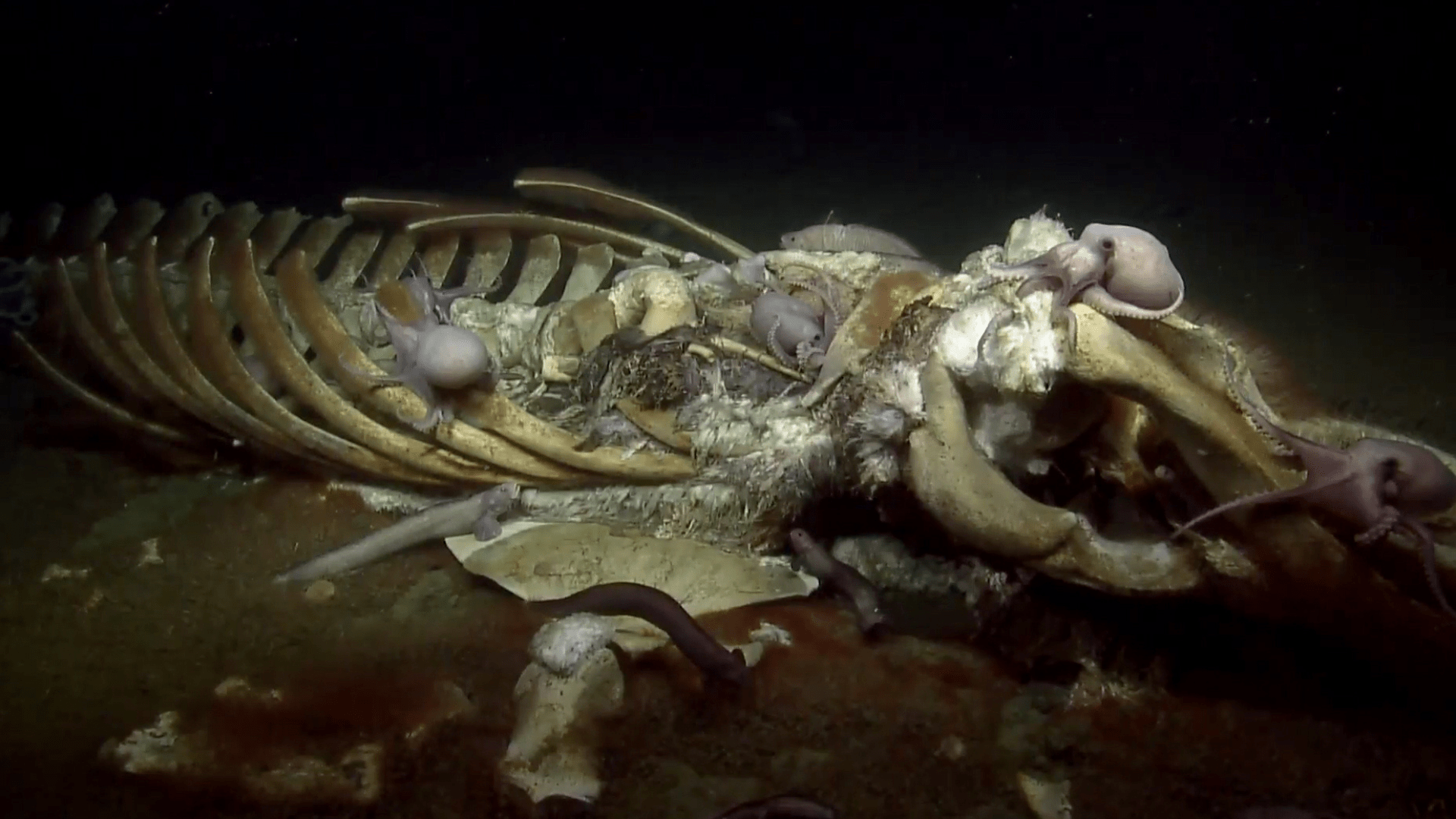
National Marine Sanctuaries/Wikimedia Commons
Researchers identified remains from gray, blue, humpback, fin, sperm, and minke whales. This discovery provided a unique opportunity to study these rare occurrences more closely.
Surprising Numbers of Skeletons
Prior to this, scientists had documented only about 50 whale falls globally since 1977. The recent surveys revealed at least seven confirmed skeletons, with over 60 more potentially hidden in the depths.

Source: Wikimedia
Marine biologist Greg Rouse and his team were astonished by these findings, which significantly exceeded their expectations.
Preservation in Oxygen-Poor Zones
The high number of intact whale skeletons can be attributed to the unique conditions of the basins. Deep troughs, plunging to 2,600 feet, create oxygen-poor zones that slow down decomposition.
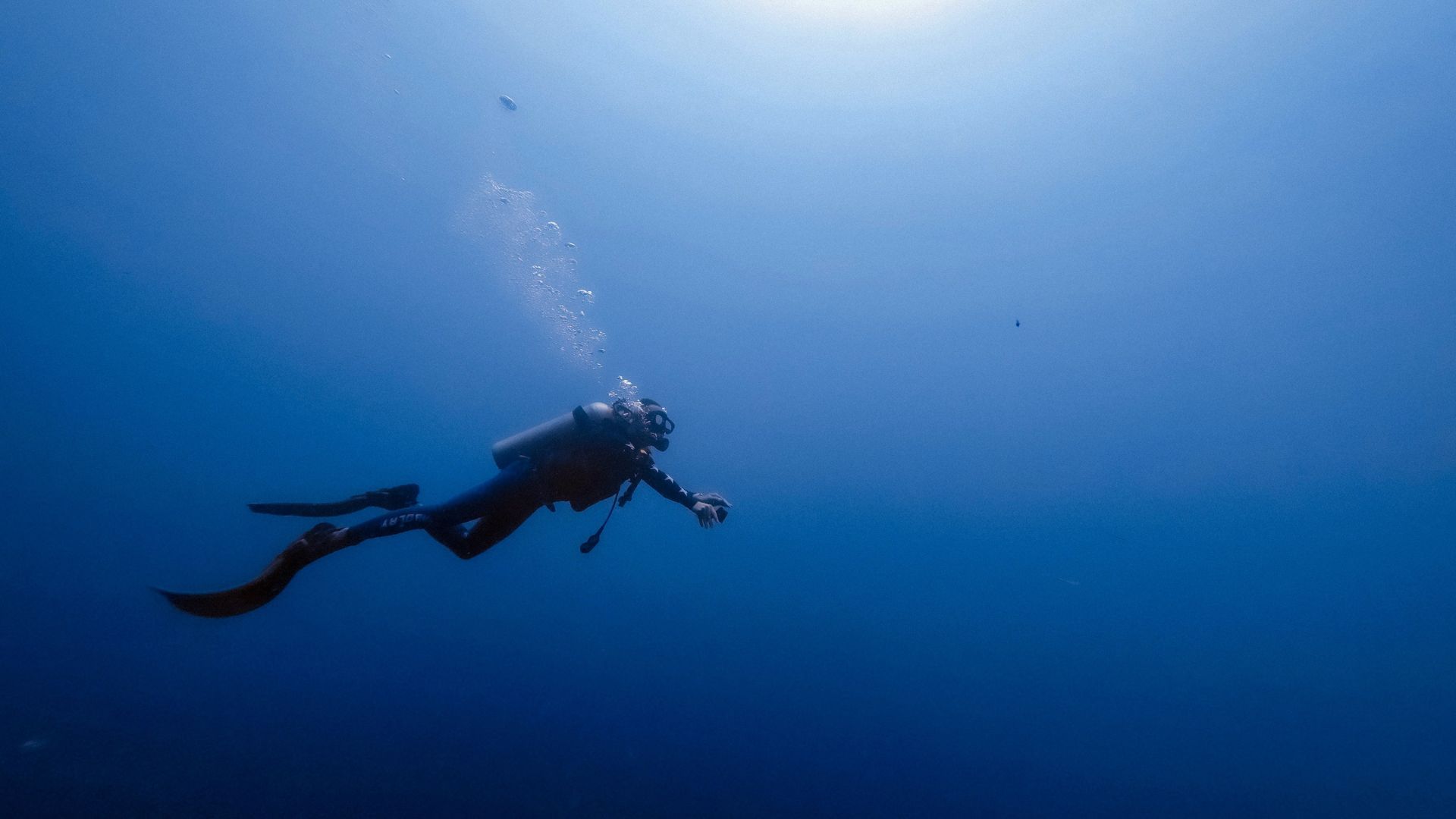
Source: Bobbi Wu/Unsplash
Without sufficient oxygen, microbial and biological processes that usually break down bones are hindered, allowing the skeletons to remain preserved for longer periods.
Absence of Bone-Eating Worms
One notable observation was the absence of bone-eating worms on the skeletons. These red creatures with featherlike gills are typically common in whale falls but were missing here.
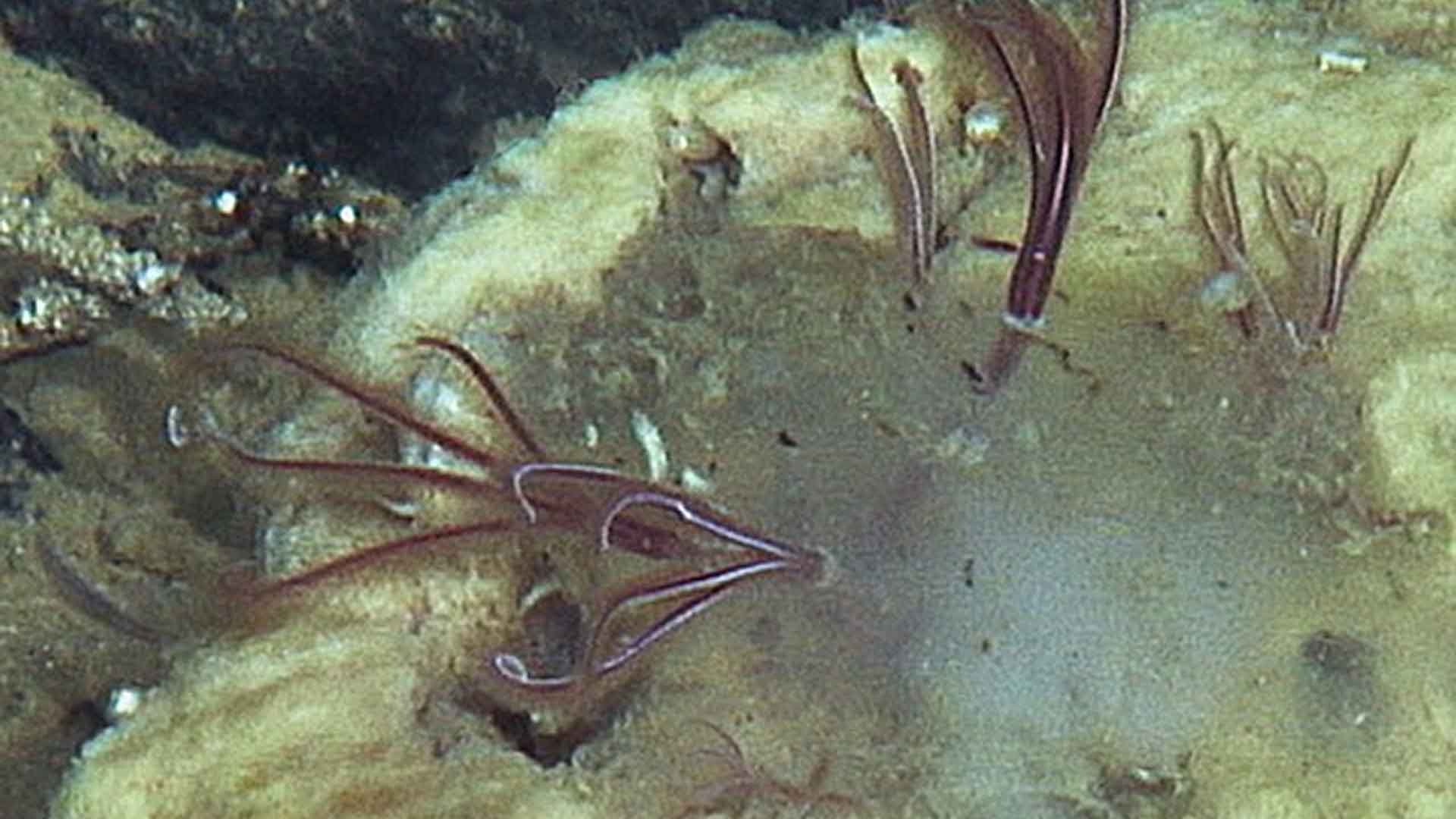
Source: Fujiwara Y, Jimi N, Sumida PYG, Kawato M, Kitazato H/Wikimedia Commons
This absence suggests that the unique environmental conditions play a crucial role in preserving these whale remains.
Impact of Industrial Dumping
The surveys also uncovered tens of thousands of naval weapons and barrels containing the banned pesticide DDT.
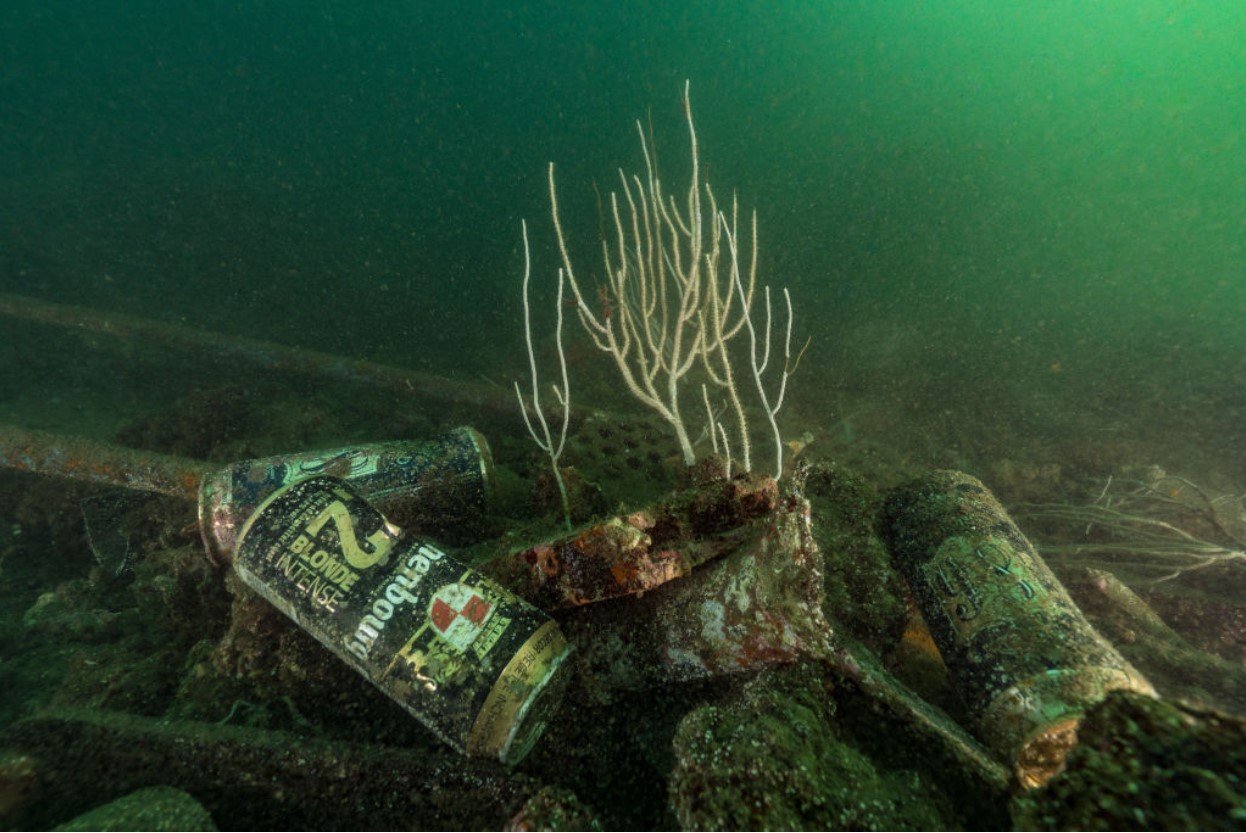
Source: Alexis Rosenfeld/Getty Images
This area, used as an industrial dumping ground in the early to mid-1900s, is twice the size of Washington, D.C.
Investigating Whale Mortality
Researchers are looking to understand the factors contributing to the whale deaths. While toxic waste is reportedly unlikely the direct cause, the heavy ship traffic in the region poses a significant threat.
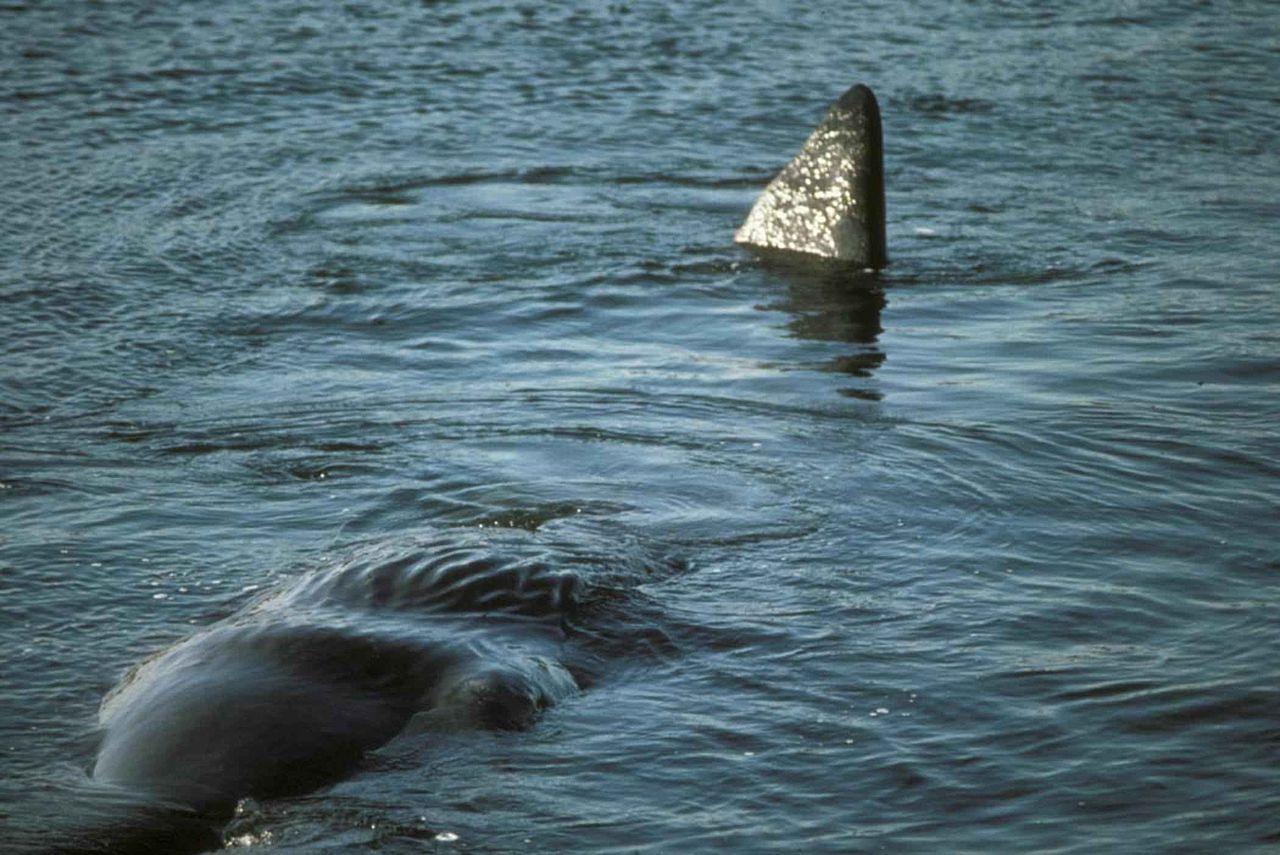
Source: Wikimedia
The United States’ two busiest ports, Los Angeles and Long Beach, are nearby, increasing the likelihood of ship strikes. Thousands of migrating gray whales and feeding blue whales frequent these waters.
Future Exploration Plans
Scripps Institution of Oceanography plans to return with remotely operated vehicles to collect more photos and videos of the whale falls.
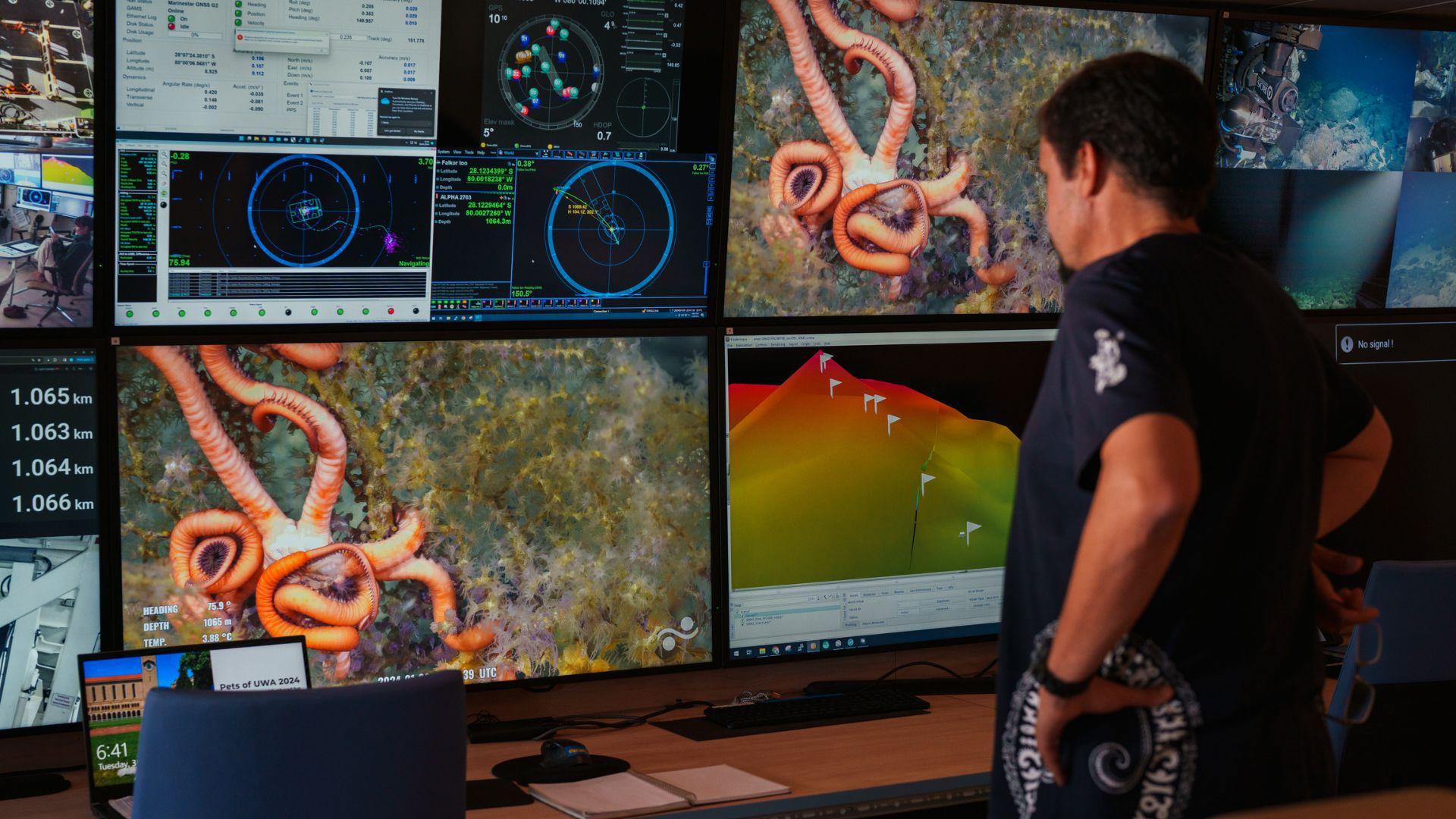
Source: Alex Ingle/Schmidt Ocean Institute
This future exploration will help confirm the species among the dead and potentially reveal signs of ship-strike trauma. The researchers also aim to retrieve bone samples to learn more about the whales’ lives and deaths.
Learning from Whale Falls
The dense concentration of whale falls offers a rare opportunity to study deep-sea ecosystems. These biological hotspots support diverse marine life and contribute to the ocean’s carbon and nutrient cycles.
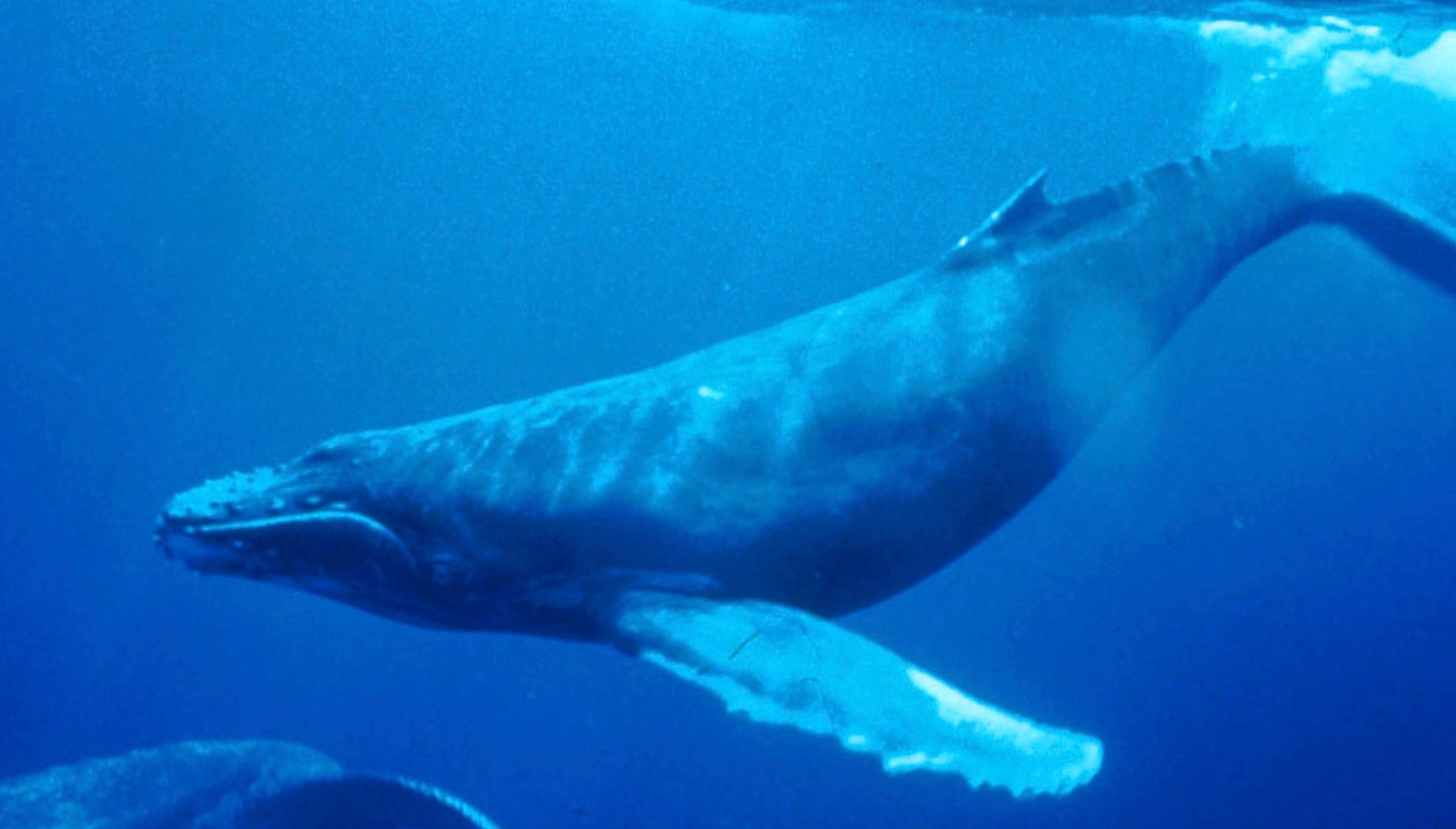
Source: Wikimedia
Understanding how long whale falls last and their role in carbon sequestration could reshape our knowledge of deep-sea ecology.
Significance of High-Resolution Surveys
The unprecedented high-resolution surveys conducted by Terrill and Merrifield provided new insights into the underwater world.

Source: Wikimedia
Craig Smith, a retired oceanographer, emphasized the importance of similar surveys elsewhere to understand whale falls’ typical numbers across oceans.
A Window into the Deep Sea
The discovery of ghostly whale skeletons and toxic waste off the California coast opens a window into a hidden underwater world.
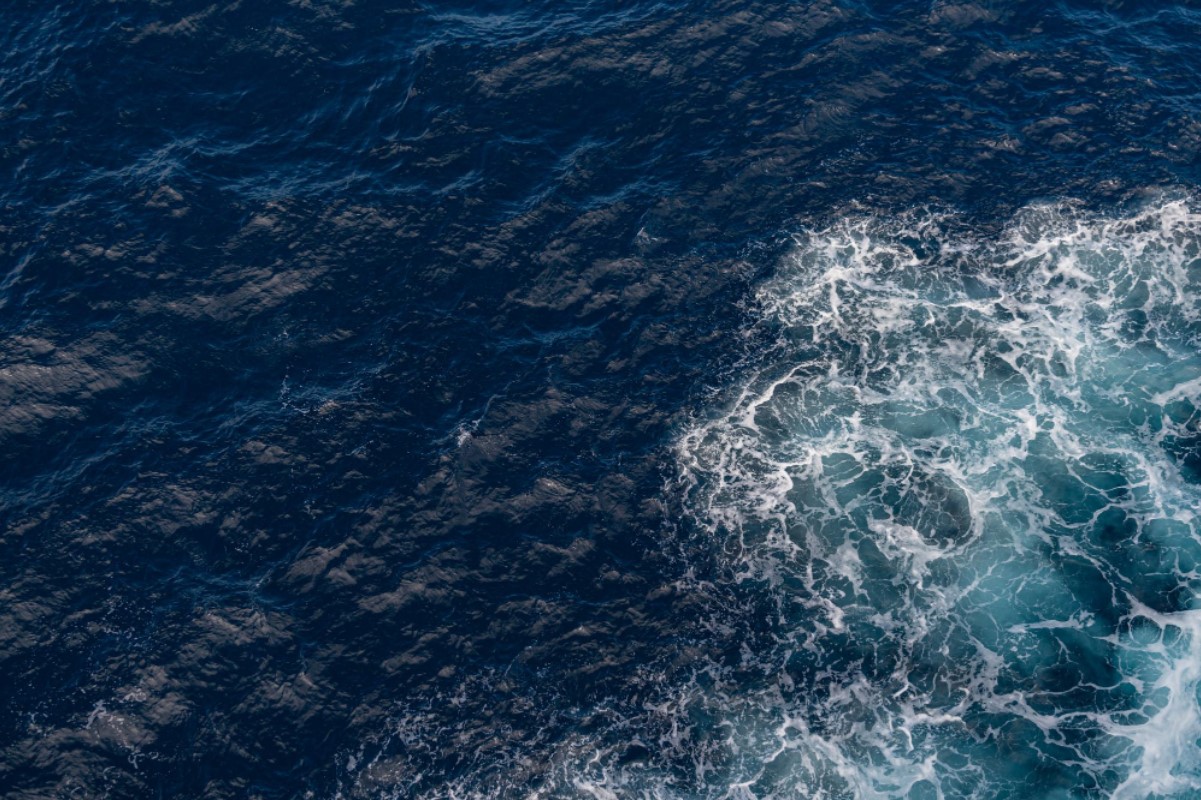
Source: Wikimedia
As researchers continue to explore and study these findings, they hope to unravel the mysteries of the deep sea and its intricate ecosystems.
